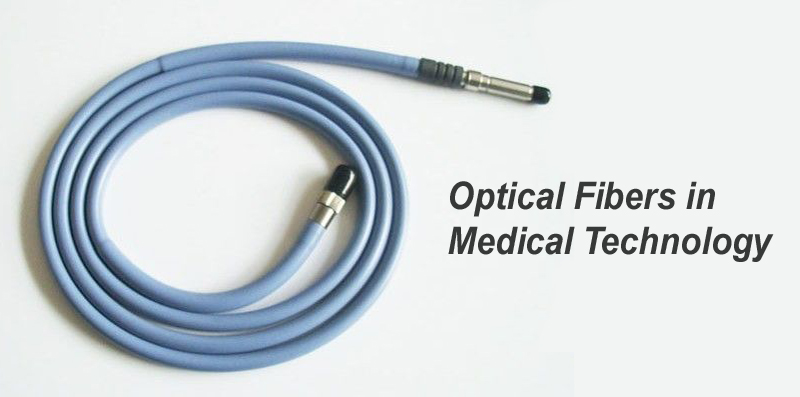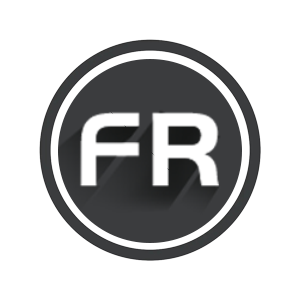欧州の医療用光ファイバー市場は力強い成長の準備が整っている, 低侵襲手術と高度な画像技術に対する需要の高まりが原動力となっている. 光ファイバーにより視認性が向上, 柔軟性, 内視鏡検査などの医療用途における精度, 診断, および外科的介入. 主要企業は製品提供を拡大するためにイノベーションとコラボレーションに注力しています. 慢性疾患と高齢化人口の増加が市場の需要をさらに押し上げています, 遠隔医療と遠隔患者モニタリングの進歩に支えられています. 規制当局の承認と償還ポリシーも、市場環境の形成において重要な役割を果たしています, さまざまなヘルスケア分野の成長に貢献. 欧州の医療用光ファイバー市場は、消費者の嗜好の変化に伴い大きな変化を迎えています, 技術の進歩, 低侵襲処置への重点がますます高まっている. 光ファイバー技術, 精度の高さで知られる, 感染リスクが低い, 優れた画像処理能力, 外科手術を含むさまざまな医療用途に不可欠な部分になりつつあります, 診断, および治療的介入. 持続性市場調査によると, ヨーロッパの医療用光ファイバー市場は米ドルで評価されています 283.4 百万で 2022 米ドルで見積もられます 299.9 百万で 2023. 市場は米ドルに達すると予想されます 666.7 年末までに百万 2033, CAGR で成長 8.3% 10年間にわたって.

医療用光ファイバー市場は、急速な技術進歩により大きな影響を受けており、 光ファイバーシステムの性能と多用途性. 高解像度イメージングなどのイノベーション, 改善された光伝送, 特殊ファイバーの開発は、医療分野における光ファイバーの用途の拡大に不可欠です。.
改良された画像技術
高度な光ファイバー技術により、低侵襲処置での高精細イメージングが可能になります. マイクロ内視鏡とデジタル画像システムの追加により、診断と治療に革命が起きました, より正確な評価と患者の予後の改善につながります. 外科医は今までにない鮮明さで複雑な構造を視覚化できるようになりました, 繊細な処置を行う能力を向上させる;
デバイスの小型化
医療機器の小型化の傾向により、より小型の医療機器の開発が行われています。, より柔軟な光ファイバーツール. これらの革新により、本体内の操作性が向上します。, 手術の侵襲性を低くし、回復時間を短縮します. 例えば, 腹腔鏡手術や内視鏡手術における細径光ファイバーケーブルの使用が増加し、手術技術が向上しました。;

人工知能と機械学習の融合
人工知能の統合 (AI) 光ファイバーシステムの機械学習により、診断の精度と運用効率が向上します。. 人工知能アルゴリズムは画像データをリアルタイムで分析できます, 病気の早期発見に役立ち、医療従事者が情報に基づいた意思決定を行うのに役立ちます。. 欧州の医療業界における消費者の好みは急速に進化しています, 個別化医療に対する需要の高まりなどの要因の影響を受ける, 患者の快適さを重視する傾向が高まっている, 予防ケアへの注目の高まり.
低侵襲手術の需要
患者は、その利点を理由に低侵襲手術を選択することが増えています。, 痛みの軽減も含めて, 回復時間が短縮される, 合併症のリスクが低い. 医療用光ファイバーはこれらの手術において重要な役割を果たします, さまざまな外科用途における光ファイバー技術の需要の増加につながっています;
個別化医療の好み
個別化医療への移行により、カスタマイズされた治療オプションを提供する診断ツールの需要が増加しています. 光ファイバー技術, 光ファイバーセンサーや分光装置など, 患者の状態をリアルタイムで監視し、正確な治療介入を可能にすることで、個別化医療の促進に役立ちます。;
患者中心のケアモデル
患者の快適さとエクスペリエンスが優先される、患者中心のケアモデルへの注目が高まっています. 医療処置における光ファイバーの使用は、侵襲性の低い技術とより良い全体的な結果を通じて患者の快適さを向上させます。, 現代の医療消費者の好みに合わせて.


